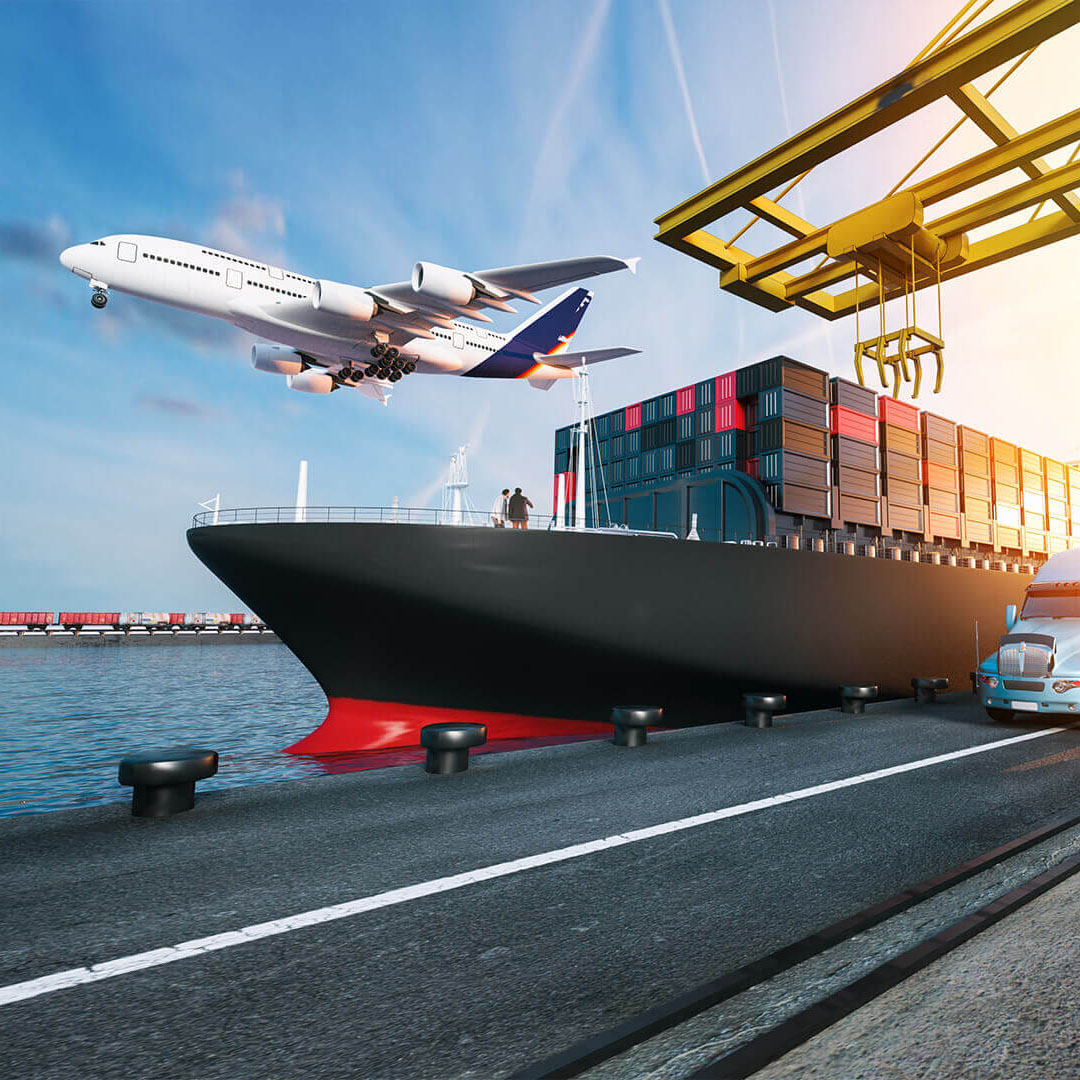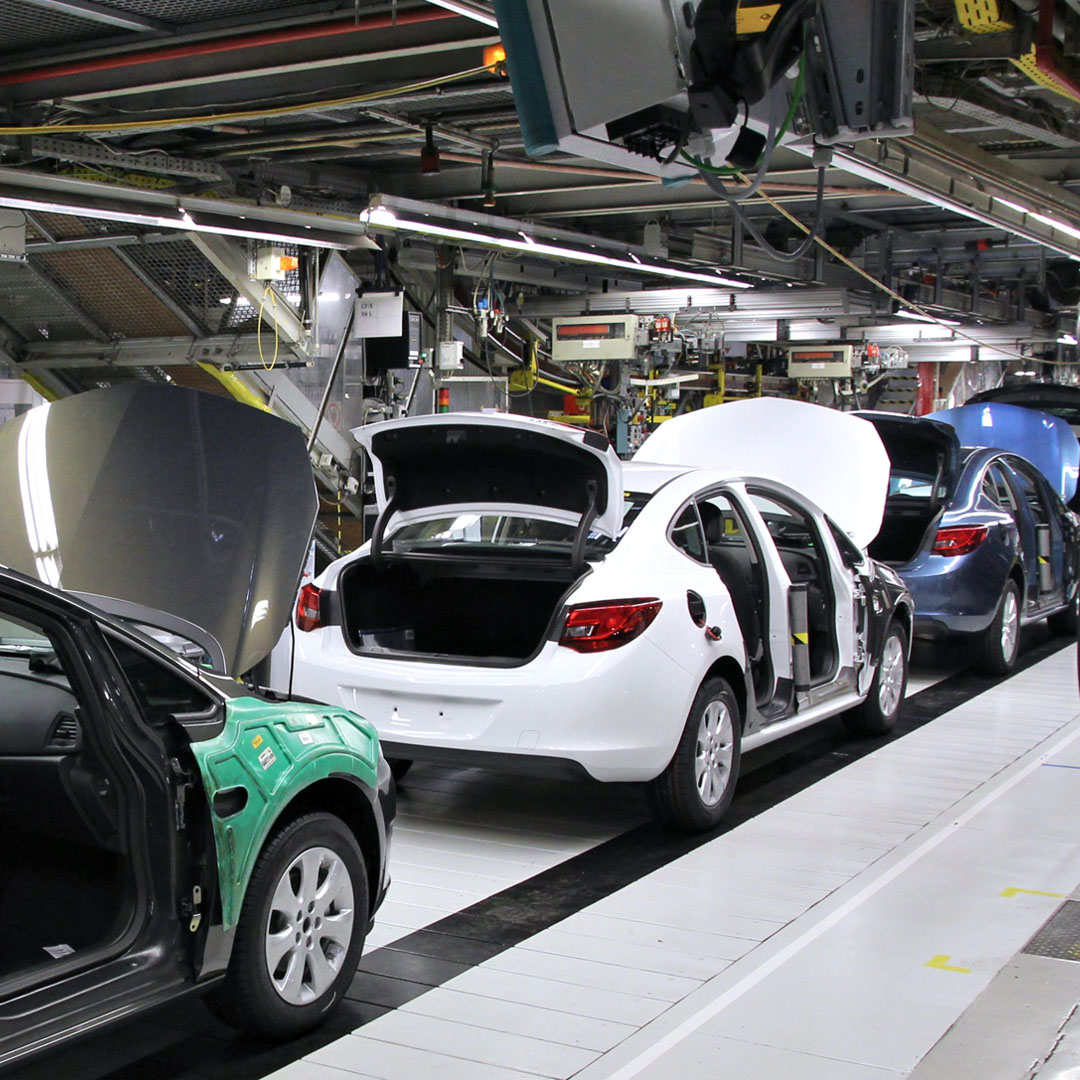Exploring the Realm of Freight and Transportation
The world of freight and transportation is a web of interconnected highways, railways, shipping lanes, and skies. It’s the invisible force behind the products on our shelves, the food on our tables, and the essentials we often take for granted, we embark on a journey through the dynamic realm of freight and transportation, delving into its significance, evolution, and the crucial role it plays in our globalized world.
The Underappreciated Backbone of Global Commerce
Freight and transportation are the unsung heroes of the modern world. Everything we consume, from the clothes we wear to the gadgets we use, has likely traveled thousands of miles to reach us. The supply chain is a complex network of moving parts, each playing a vital role in delivering products from manufacturers to consumers.
Freight is the lifeblood of the global economy. It encompasses the shipping of raw materials to factories, the distribution of finished products, and even the delivery of goods to your doorstep. It’s not just about moving things; it’s about optimizing the movement of goods efficiently, cost-effectively, and sustainably.
Modes of Freight Transportation
Freight transportation relies on various modes, each with its own strengths and purposes:
Trucking: Trucks are the workhorses of land transportation, often responsible for the last mile delivery. They offer flexibility and reach, making them essential for timely deliveries.
Rail: Trains are the kings of long-haul transportation. They’re energy-efficient and capable of transporting massive amounts of goods, including bulk commodities like coal, grain, and oil.
Maritime: Shipping vessels connect countries and continents, moving goods across oceans. They’re particularly crucial for international trade, handling everything from electronics to automobiles.
Aviation: Air freight is the fastest option for shipping goods internationally, ensuring time-sensitive deliveries, such as medical supplies and high-value electronics.
Pipelines: Pipelines transport liquid and gas products, such as crude oil and natural gas, over long distances with minimal human intervention.
Intermodal: Intermodal transportation combines multiple modes to optimize efficiency. It’s a flexible and sustainable approach that’s becoming increasingly popular.
The Evolution of Freight and Logistics
The world of freight and transportation has come a long way from the days of horse-drawn wagons. Technological advancements have revolutionized the industry, making it more efficient and environmentally friendly.
The development of standardized shipping containers in the mid-20th century was a game-changer. This innovation made it possible to seamlessly transfer goods between different modes of transportation, reducing handling costs and time.
Digitalization has also transformed the industry. Today, advanced software and GPS technology enable real-time tracking of shipments, efficient route planning, and optimized warehouse operations. This not only enhances the speed and reliability of deliveries but also reduces environmental impact.
Sustainability and Environmental Responsibility
As the world grapples with environmental challenges, the freight and transportation industry is striving to reduce its carbon footprint. Initiatives like electric trucks, sustainable fuels, and improved fuel efficiency are making a significant impact. Additionally, more companies are adopting greener practices, such as reducing packaging waste and choosing eco-friendly shipping options.
The growth of intermodal transportation also contributes to sustainability by optimizing routes and minimizing unnecessary fuel consumption. The use of alternative transportation modes like electric trains and barges further supports the industry’s commitment to a greener future.
The Challenges and Future of Freight
The freight and transportation industry faces several challenges, including traffic congestion, infrastructure limitations, and the need for a skilled workforce. The increasing demand for fast and efficient deliveries, fueled by e-commerce, adds pressure to the system.
Looking to the future, there’s a strong emphasis on innovation and sustainability. Companies are exploring autonomous vehicles, electric trucks, and drone deliveries. Hyperloop technology, which promises to revolutionize long-distance freight, is also in development. These advancements aim to enhance efficiency, reduce costs, and reduce environmental impact.
Conclusion: Navigating the Boundless World of Freight and Transportation
Hauling horizons is about more than moving goods from point A to point B; it’s about connecting people and businesses, enabling trade and commerce, and powering the global economy. The world of freight and transportation may often go unnoticed, but it’s a dynamic and essential component of our daily lives.











